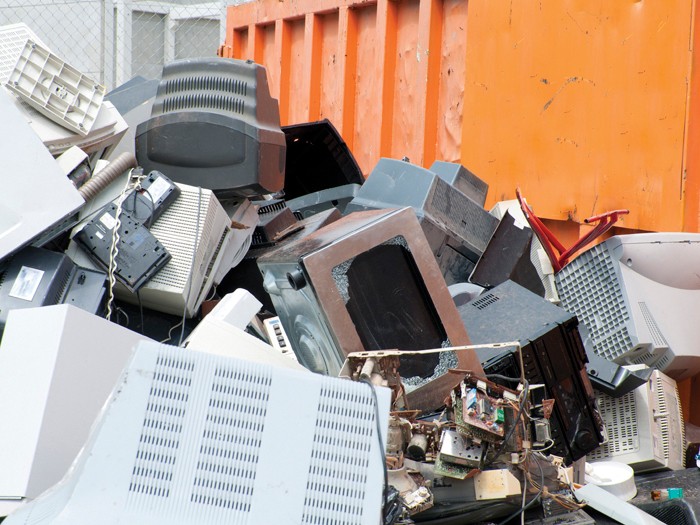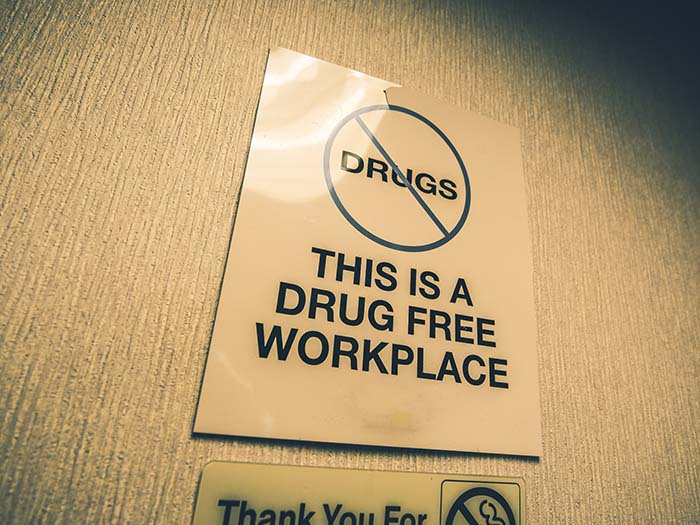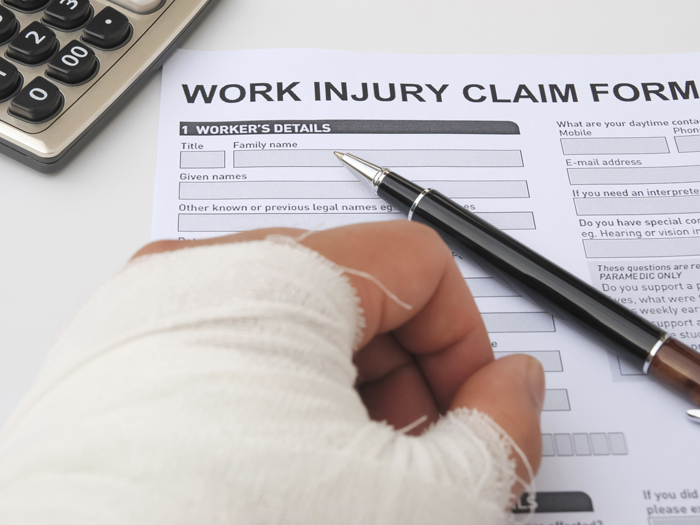Pollution Liability
Filling the E-Waste Insurance Gap

The technology industry cultivates a popular impression of itself as “clean,” with products packaged in spotless white boxes, but the manufacture — and ultimate disposal — of these products is far from clean and carries considerable risk.
For example, older circuit boards contain lead, tin, cadmium and mercury, which are regulated as hazardous waste and can cause contamination when released, said Bill McElroy, senior vice president, Liberty International Underwriters. Such contamination is difficult and expensive to remediate.
“We insure our clients against the risk that they make their neighbors sick or contaminate the environment,” he said.
Most e-waste recycling is about getting valuable rare earth minerals out of electronics for reuse in new products.
Less-valuable plastic components and metals are also recovered and recycled, but the unusable waste is landfilled or incinerated, a process that may release gasses into the air or toxins into groundwater.
E-waste recyclers often believe their general liability policies cover any accidental releases, only to find out too late that their total pollution exclusion leaves them liable — and pollution claims tend to be very high-ticket incidents.
“I wouldn’t recommend anyone in the waste management business not have pollution insurance,” McElroy said.
Elizabeth Bannister, managing director, Marsh, suggested that electronics recyclers look hard at the language in their general liability coverage. The standard coverage is likely to include a pollution exclusion that includes “materials to be recycled, reconditioned or reclaimed.”
If that is the situation, she said, such recyclers should consider filling the gap with affirmative coverage for pollution liability.
Recyclers may not understand that insurers define their products as “pollutants” or “hazardous materials,” since the EPA and other regulatory bodies use different definitions, said Ross Fields, manager of the e-waste insurance program at Leavitt Group.
But since recyclers’ business is the waste stream, nearly everything they touch is a “pollutant,” and the insurance industry considers their “product” to be a pollutant until it reaches its final point of destruction or reuse, he said.
These semantic nuances have big implications for potential liability.
The provision in a general liability policy covering “products and completed operations” would not cover bodily injury or property damage arising out of their product: pollution. A company in electronics recycling needs products pollution liability, experts said.
It’s also important for producers of materials to make sure their downstream e-waste recyclers have environmental liability coverage, said Matthew Pateidl, vice president, environmental risk, Lockton.
“Vet your vendors,” he said.










